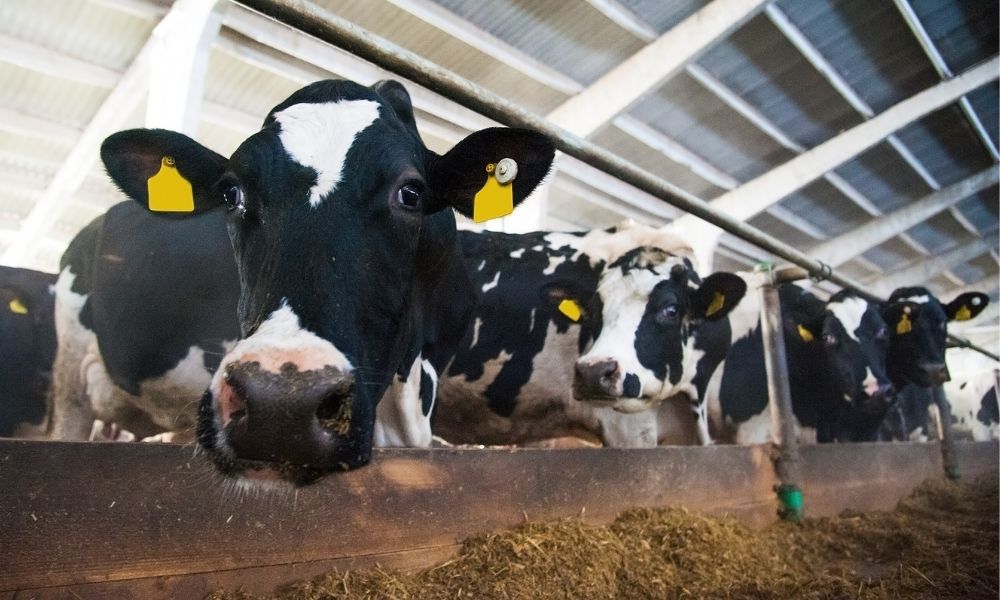When it comes to weighing animals, there’s no ideal way to go about it. Whether they’re pets or farm animals, they’ll be a pain to weigh properly. Fortunately, there are ways to get the most out of your livestock scales in order to get the best readings possible, and we’ll be going over those methods in this blog post.
Buy the Perfect Scale
Of course, the best place to start is by getting yourself a proper scale. Not any old scale will work. This scale needs to support the correct amount of weight and be easily accessible by whatever animal will be using it.
Some scale models can average out weights for a more accurate reading, and if your livestock has electronic identification tags, you can even use the scales to keep a record of all the animal’s weight over time. Another great feature is how mobile scales are. If you need a portable livestock scale for your weighing needs, you’ll want to check out the selection we have in our store.
Set It Up Correctly
Once you’ve picked out the scale that’s best suited to your needs, it’s time to set it up. This is the most crucial step because doing it wrong can give you inaccurate results. If you bought a permanent scale, make sure you find a secure, flat surface to screw it down since moving it after the fact won’t be easy. Portable scales will need a smooth surface too, but you can easily move them when problems arise.
Once that’s taken care of, you’ll want to ensure that the load cells are put into place correctly. Misaligning them will lead to inaccurate results. Also, it would be a good idea to make sure that the scales are not in a position where the animals can reach them. Any interference could mess up the weighing.
Ensure the Animal’s Comfort and Safety
Probably the best way to get the most out of your livestock scales is to make sure that the animal is as comfortable as possible. If they’re stressed, it could lead to difficulty while holding them still. If this becomes a persistent issue, they could start losing weight due to the anxiety of the whole situation, which isn’t what you want at all.
On top of that, you want to make sure they’re safe while on the scale. Slips or trips could lead to severe injuries that the animal might not ever fully recover from, which will also affect their future weight.
Keep Up With Maintenance
In the same way that initial setup is vital to accurate results, so is regular maintenance. Be sure to check the mounts and load cells often to ensure that there are no damages. It’s also a good idea to clear the scale’s surface of debris or anything left behind by the animals to make sure that none of it falls into the active components of the scale. As long as you do these things, you should have a solid livestock scale for years to come.
